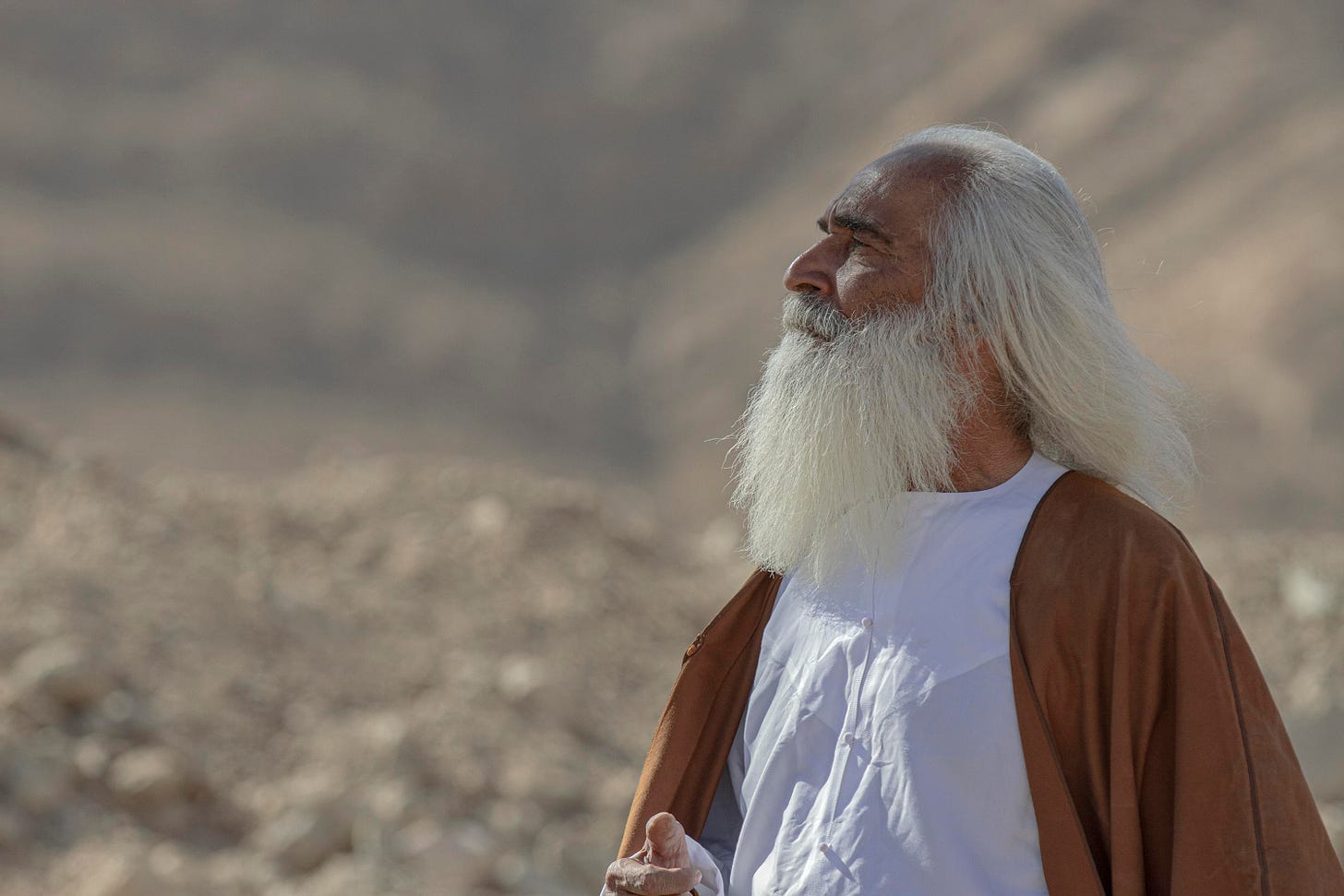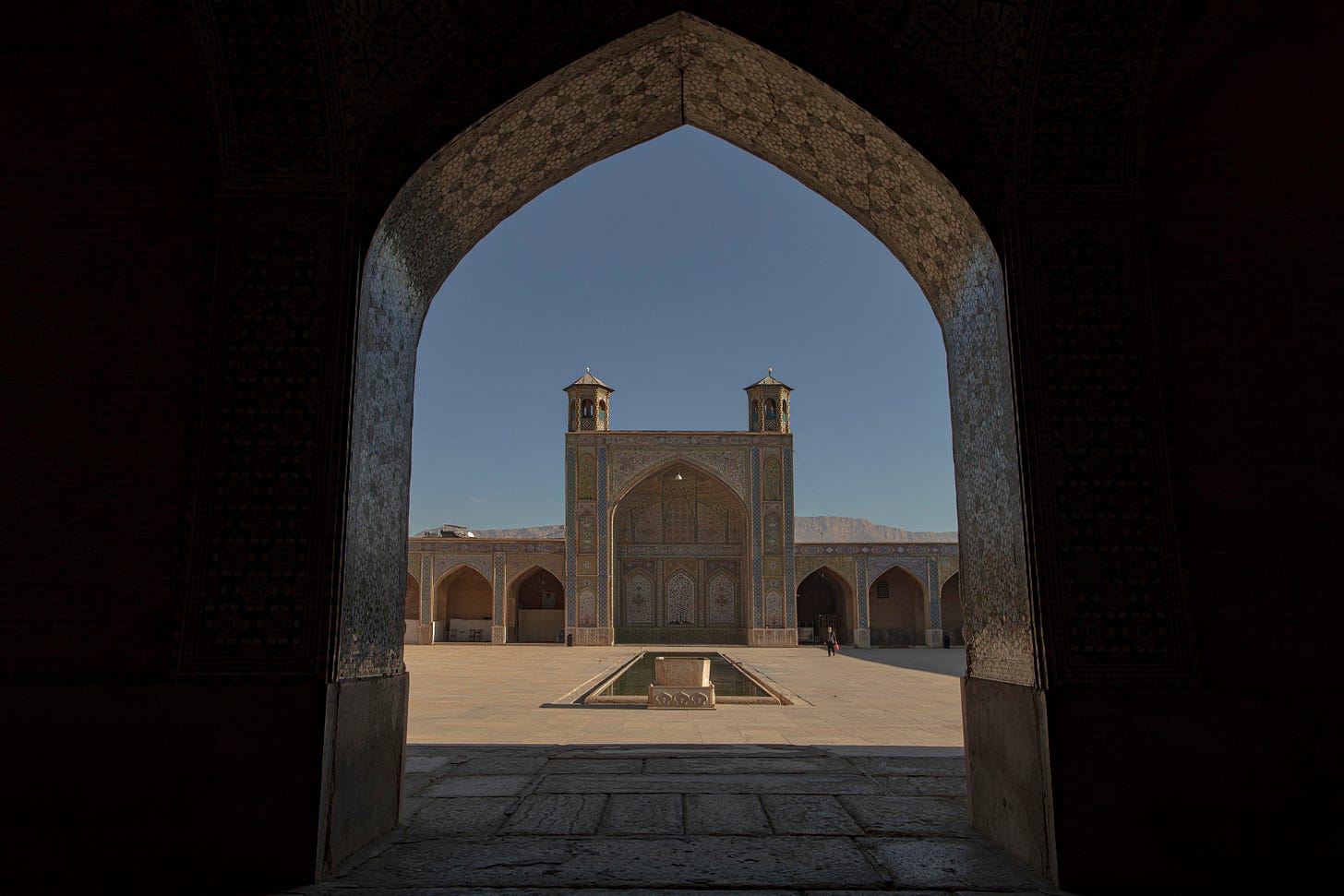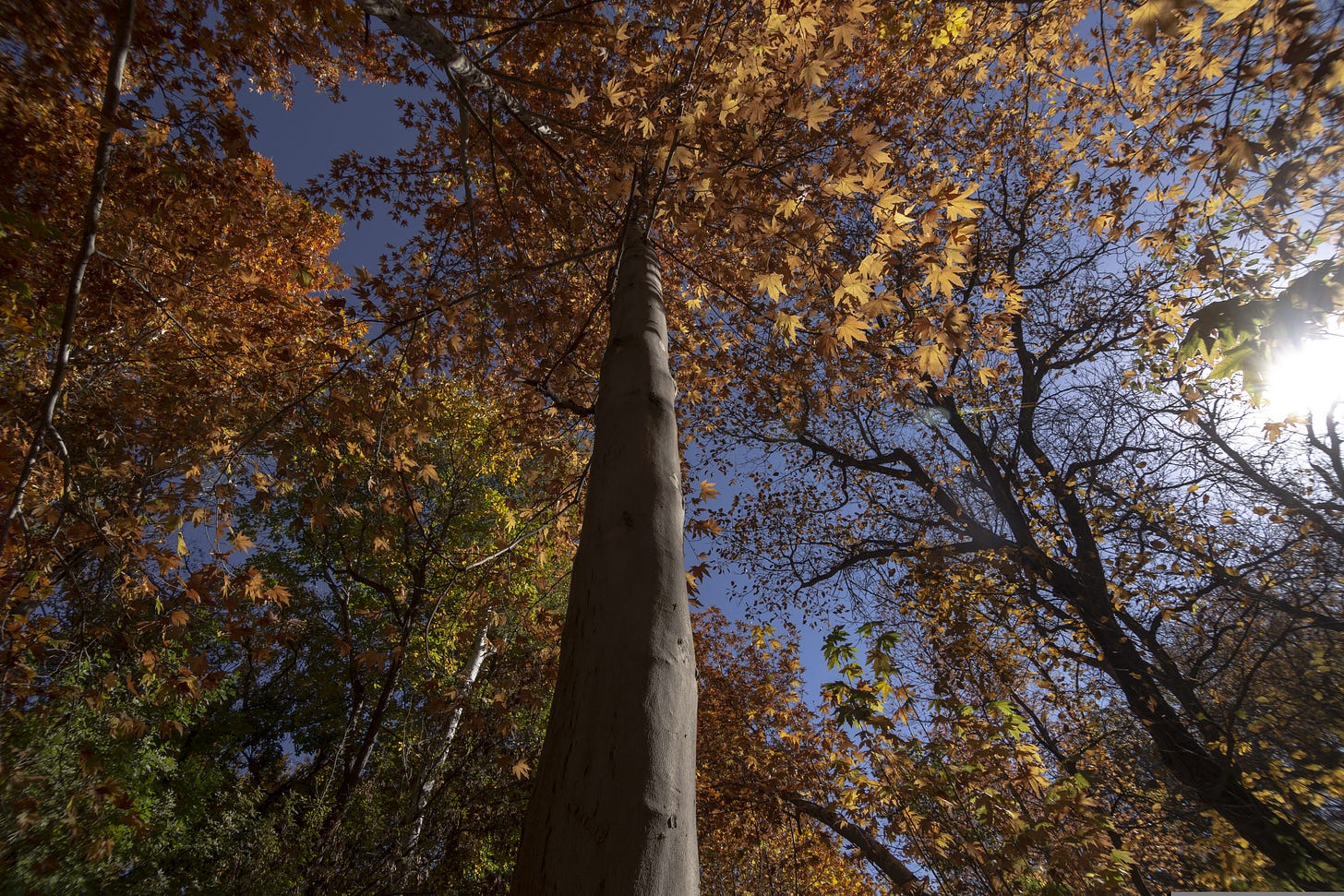The hate graffiti producer Betyár Banksy certainly does not deserve to be written about. Fortunately people have long since painted over his gifted messages urging people to liquidate refugees. His entry into our story is solely due to his choice of name. With characteristic modesty, he appropriated the name Banksy from the elusive artist whose murals are auctioned for millions of dollars.
What’s more interesting is that he local “Banksy” self-identifies as betyár, a now romantic Hungarian term for outlaw. Little does he know that the term, through Turkish bekar (unmarried man) comes from Persian bi-kar (without work). (I bet Afghan and Iranian refugees are even less aware of the misuse of their word.) The meaning change is logical: if you are unemployed, you cannot marry, and eventually end up as a thief.
Source: Mostafa Meraji, Pixabay
Although Hungarian is a Finno-Ugric language, new research tells that its speakers also have Turkish and Iranian genetic heritage. The cultural influence, through steppe horse culture, is enormous. (I love it when both of conflicting theories turn out to be true, leaving us with a broader understanding.) Let’s focus on some examples of Iranian words adopted into Hungarian: among numbers hét, száz and ezer (Farsi haft, sad and hezar, meaning seven, hundred and thousand, respectively). Other Iranian culture words include üveg, híd, kard, arany, gazdag (glass, bridge, sword, gold, rich). Vásár, vám and vár (market, customs, castle) come directly from Farsi. The last one gave birth to város (city) that found its way into several East European languages.
Architecture vocabulary also includes csárda, (tavern) which originally meant a guard tower. The Persian chartak comes from char (four) and tak (arch). Thus, of the most emblematic Hungarian word, betyárcsárda (a prairie outlaw tavern) both parts come from Persian! The most emblematic Romanian word, cioban (shepherd) is also of Persian origin, together with a heap of other, believed to be arch-Romanian companions. Other Balkan Peninsula languages also abound with Iranian vocabulary, together with Arabic and Indian languages. Turkish is completely saturated sporting words like everything, nothing, that, or, because. It’s not just a wild party of verbs and nouns – the innermost sanctuary of the language got breached, including a bunch of postpositions. By the way the -i in words like Iraki is also Persian. And, talking about betyárs, the Hungarian word zsivány (originally highwayman, now rascal) is also Persian. Javun means young in Farsi. We all know that young people are rascals.
Those rascal Iranians! O.K, so Eastern lands got influenced by Iranian culture. What does that have to do with the rest of the world? Sure, some words from the Thousand and One Nights are whirling in our heads like dervish, caravanserai, turban, bazar, or kaftan. Well, yes, also the river Tigris (together with tiger) and Euphrates. Oh, and lemons, peaches, pistacchios, aubergine and spinach. Tulips, jasmine and lilac. Bronze, kiosk, pagoda, caviar, jasper, douane. Khaki and beige. Pijamas, shawls and sandals. Check in all of its senses through the word chess1. Also plain English rank, together with paradise, serendipity, algorithm and magic. Well, here’s some ignorant, superstitious towel-heads for you!
Source: Mostafa Meraji, Pixabay
Who actually are these Iranians who only get negative coverage in Western press? The atrocities of the regime, the clamor of Iraninan students in Budapest, even the first diagnosed Covid case in Hungary was an Iranian. (I just happen to know him.) How come we know so little of a people, who, among many other things are the source of Europan knight culture? Persians were wearing chain mail as early as the IVth century B. C.
Are you counting the influences? Because mathematics is also on the list. The astronomy and math that made circumpolar navigation possible came from Muslim Andalusia. While in the Middle Ages Europe was burning witches (Are we getting there again?) Muslim culture was flourishing. And the intellectual center of this civilization was the Persian realm that came under early Arab occupation.
Source: Mostafa Meraji, Pixabay
The Indo-European Persians are therefore sometimes thought to be Arabs, which is like mixing up Bucharest with Budapest. They enjoy the blunder just as much as we do. A lot of the international Iranian vocabulary does come through Arabic, as well as Latin and Classical Greek which shows just how old those words are. Iranians have had a settled, urban civilization for three millennia. Beside India and China they are one of the few ancient civilizations that has survived until today. Compared to them Hungarians, with a settled life of 1100 years, are transient vagabonds. The still hailed regulation of rivers beginning in the XIX. century resulted in massive biodiversity loss and gradual desertification of the Great Hungarian Plain. Compare this to the millennia old qanat system of Persia that leads water to places hundreds of kilometres away through underground channels, without evaporation loss. Or the buildings that had air conditioned interiors without any energy input.
Source: Mostafa Meraji, Pixabay
O.K., you might say, but this was long ago. Conditions underwent a considerable deterioration since then. Yes, but not without outside interference. The areas inhabited by Persian speakers were the scene of “The Great Game”, a great power rivalry between Britain and Russia. The Persian Empire first shrank, then came under Western influence. In 1953 Britain and the US led a coup against the elected government of president Mosadeq because he wanted to regain control of the crude oil of the country. The Shah was put in charge in order to ensure further plundering of the naphtha (another Persian word) by the Anglo-Saxons.
The result was quite expectable, although it was nearly three decades in the coming. The Iranian Revolution shook the country which ended up under the rule of Khomeini [pronounced: Homeini, with a raspy H] and the mollahs. The people, having been transferred from the frying pan into the fire, are about as happy with this as we were under communist rule. The systems created some similar cultural traits like general solidarity against the rulers and critical thinking. Yes, we know what the official line is, but beyond closed doors we have another reality. This comes with a higher I.Q. than the complex intellectuality of “Isn’t everybody happy? McDonald’s and you!”
Other interesting similarities abound, for example in art which falls into one of two categories: Either religious or bulging-eyed-amourous candy floss, or deep and touching music and films after which you ponder which bridge to jump from. If you like weeping to enchanting music, listen to Marjan Farsad.
Iranian culture is even more steeped in poetry than ours. Every third person is a secret versifier and workers recite seven century old poems by heart. By the way, troubadour poetry sneaked up the Iberian peninsula from the Arabs. It might very well have some Persian roots, thereby being one of the influences leading to the Renaissance. The great mystic Sufi poets are, needless to say, also Persian.
Beside the still present spirituality the culture is characterised by a sense of pragmatism. It had been conquered by Arabs, Turks, Greeks, Mongols, the English, but never completely. It always shook itself and arose from the ashes like a Phoenix. The culture incorporated some of the conquerors’ genes, religion, life style while still staying itself. Iran has been living under sanctions for 40 years and is still standing. We can regard the whole country as a huge outlaw camp – very few states on this planet dare resisting American hegemony. It is a place ancient and modern, mysteriously unknowable yet familiar.
Source: Mostafa Meraji, Pixabay
How could we have forgotten this still enduring, ancient empire that has influenced our culture so deeply? Being “pagan” and so distant could have played a role together with European pompousness. And why could its rediscovery be beneficial to us? To have a wider perspective of the world. We, in Eastern Europe have internalized the viewpoint of our former (?) masters in the West. A culture thousands of years old that we share some features with can offer useful learnings.
Source: Mostafa Meraji, Pixabay
Another reason to reenter the land of the One and a Thousand Nights is that it still holds something fascinating. Old Tehran was demolished by the Shah with a barbarity comparable to that of Ceaușescu in Romania. Yet the drab, congested concrete jungle, the exhaust fumes-laced air offers a people connection that hardly exists in Europe any more. Iranian hospitality is legendary. A hitchhiker is entitled to not only a meal but also lodging and a full-blown tour. And those tastes… According to a Turkish proverb: “The Arab eats until satisfaction, the Persian, until he bursts.” Once you’ve tasted the food, you understand why. All this takes place in people’s homes while the street hardly offers you more than pizza and kebab.
The garden culture is also remarkable. Imagine a dry land where most plants are planted and watered by humans. That means an uncommon closeness with trees, flowers, the vegetal world. All in all, while today’s Iran is not quite a rose garden, our most famous outlaw, Rózsa Sándor (Alex Rose) might feel some familiarity there. As it happens, his last name, through Latin rose and Greek rhodon also comes from Iranian.
The game itself is of Indian origin







